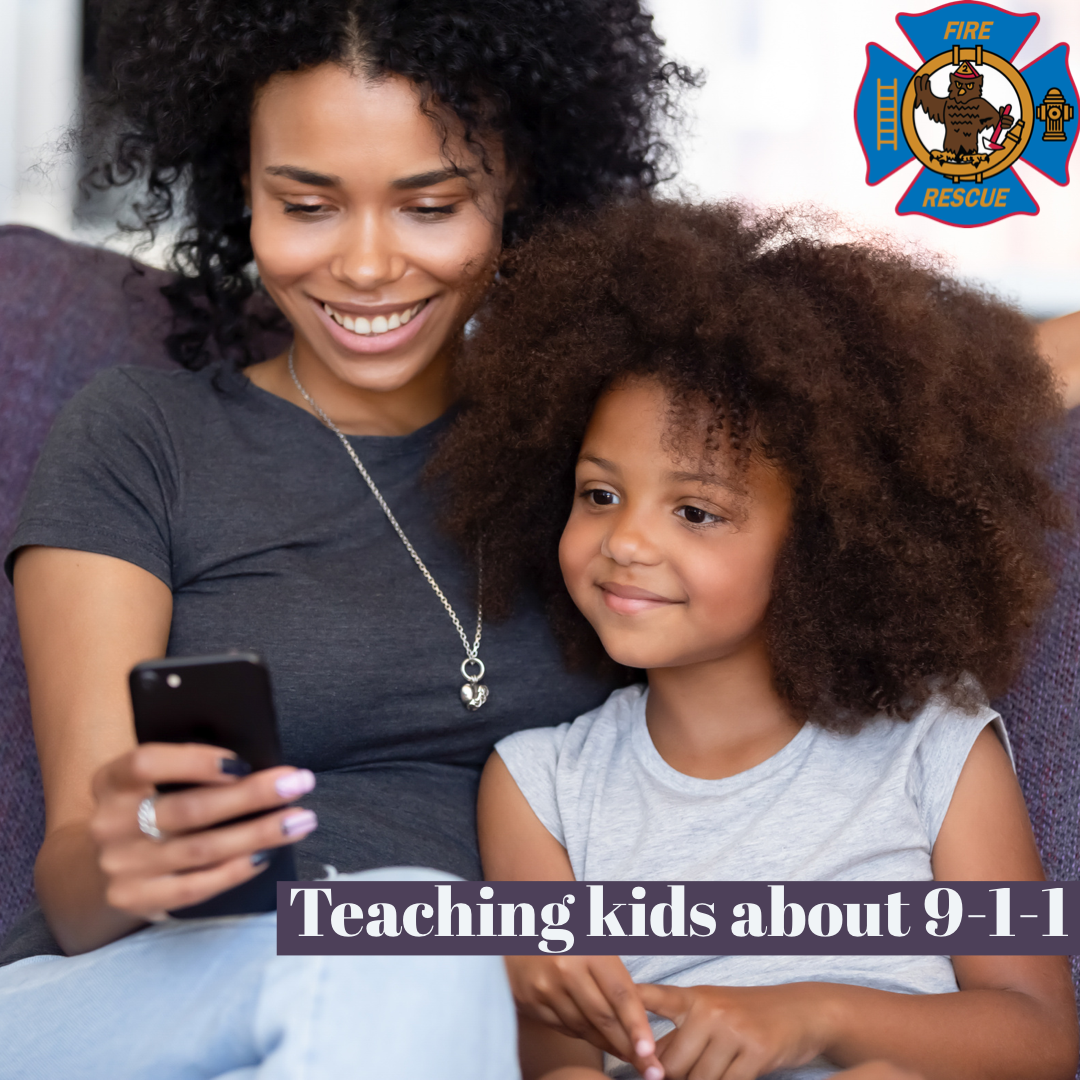Teaching kids about 9-1-1
Teaching kids about 9-1-1
April is National 9-1-1 Education Month. Does your child know how to use 9-1-1? Here is some information on teaching this valuable, possibly life-saving skill.
Understanding Emergencies
We all need to know about calling 9-1-1 in an emergency, but kids first need to understand what an emergency is. You can help your child practice the right way to use 9-1-1 by asking “What would you do if we had a fire?” or “What would you do if someone was breaking into our home?” This allows you to discuss emergencies and what actions to take.
For a younger child, try talking about who first responders are: police officers, firefighters, paramedics, and what they do to help people in trouble.
Note that you may need to teach your child how to use both a cell phone and a landline. Many children have never used a landline and it’s important they understand the difference.
When to Call 9-1-1
Teach your child that a 9-1-1 emergency is when someone needs help immediately because of injury or imminent danger. Tell children they should call 9-1-1 if:
- They see something on fire
- Someone is unconscious from drinking too much or taking an overdose of pills or drugs
- Someone has trouble breathing, like during a seizure or asthma attack
- Someone is choking
- Someone is bleeding uncontrollably
- There has been a serious car accident
Explaining How 9-1-1 Works
Kids may feel nervous or scared if they have to call 9-1-1. Let them know the emergency operators who answer the phone speak to many children who are worried or anxious when they call. Tell them to stay as calm as possible.
Please also remind your child that even though they shouldn’t give personal information to strangers, they can trust the 9-1-1 call taker. Explain the emergency operator will ask them what, where, and who questions like:
- “What is your emergency?”
- “Where do you live?” or “Where are you?”
- “Who needs help?”
Explain to your child that they should tell the operator what the emergency is and what happened. Also, if they are old enough to understand, explain that the emergency dispatcher may give first aid instructions before fire or rescue workers arrive at the scene.
What Else to Know About 9-1-1
- Make sure your child understands that calling 9-1-1 as a joke is a crime. Every prank or unnecessary call to 9-1-1 can hurt someone else who needs help by delaying the emergency response.
Also make sure they understand that they should be safe before calling 9-1-1. For example, if there’s a fire in your home, they should know to leave the house before calling 9-1-1.
- Finally, although 9-1-1 calls are now traced, it’s still important for your kids to have their phone number and street address memorized.
More Tips
Here are some more tips to help your kids get help:
- Always refer to the emergency number as “nine-one-one,” not “nine-eleven.” In an emergency, a child might not call the number correctly if trying to find the “11” button on the phone.
- Ensure your house number is visible from the street so that police, fire, or ambulance workers can quickly locate your address.
- If you live in an apartment, make sure your child knows the floor and apartment number.
- Keep a list of emergency phone numbers handy for your kids or babysitter near each phone.
- Keep a first-aid kit and make sure your kids and babysitters know where to find it.
- When old enough, teach your children basic first aid and CPR.
- You can find more tips here at 999.gov.
For more information and resources, follow OWLVFD on Facebook. Stay safe!
